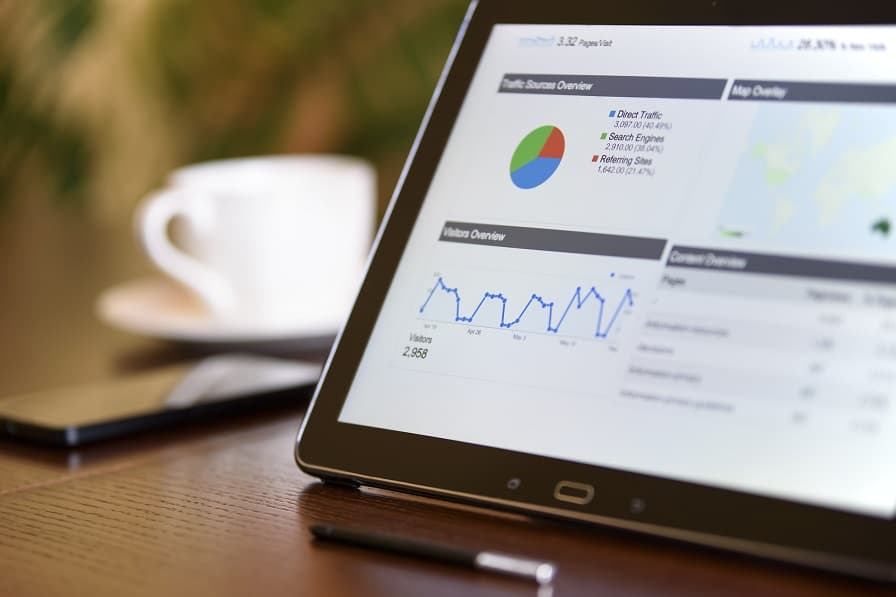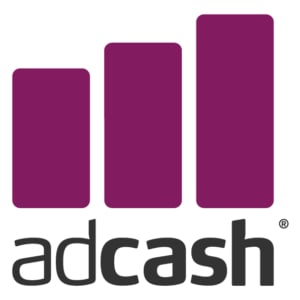Setting up ad campaigns can be a complicated process, and there is certainly a need for technology that simplifies elements of the set-up phase for those with little experience to fall back on.
One of the businesses attempting to remove the layers upon layers of complication is Adcash, a real-time advertising trading platform based in Estonia.
We caught up with Liis Ristal, the company’s head of marketing, to find out how the company solved this issue and what the group might focus on next.
Your self-service platform aims to inject a bit of simplicity and convenience into what can be quite a complex task. Was that the main goal when it was in development?
Liis Ristal: Absolutely. When we started putting together the specifications for our self-service advertising platform, we spent a great deal of time looking at the other solutions that were available on the market. Fairly quickly we saw that, although powerful, many of them made it impossible for someone without a great deal of experience in setting up advertising campaigns to really harness that power.
So we set about building a platform that was as accessible, convenient and intuitive as possible, whilst still offering a powerful set of features. By opening up the kinds of features that are usually only available to experienced marketers to a wider audience, we’re levelling the playing field. Rather than businesses having to hand over large sums of money to media agencies to tap into the power of digital marketing, they can now handle this themselves.
That’s not to say we’re trying to put media agencies out of business. We just want to give easy access to the tools and support that people need to run their campaigns.
Is the demand for such a service skewed towards a particular group – i.e. an advertiser that only wants to spend a small amount on display, or a big firm that has a lot to manage (and measure)?
LR: Right now, it’s split fairly evenly. However as we see the growth in newer markets, like India and China, we expect to see a shift towards small and mid-sized advertisers. This was in fact one of the things that drove us towards creating this platform in the first place.
We could see growth in these markets, but, at the time, we were unable to scale in order to meet demand. Everything had to be handled manually, by account managers. With that model, being able to serve markets the size of India and China in a truly impactful way was unfeasible.
But with our self-service platform, we’re able to offer access to our network, at scale. Account managers are still able to handle larger accounts, but the smaller advertisers, the small, new businesses, the online entrepreneurs; they’re free to jump straight in and get up and running, instantly. We’re also keenly aware that some newcomers to digital marketing may need additional support to really make the most from it. So, to handle this, we’ve carefully built up a handpicked team of multilingual digital advertising experts to support our global customer base.
How have you taken care of some of the risks around automating some of the ad-serving process?
LR: On the advertiser side, we’ve tried to clarify and simplify the campaign requirements and guidelines to prevent those who may be unsure about what we do. Inevitably, you will have those whose sole aim is to run nefarious or malicious ads. In that regard, we have a set of internal and third-party tools to help us with the campaign validation and monitoring process.
Externally, we leverage Google’s Safe Browsing platform to check for any malicious code that may appear on landing pages. This takes place at the initial submission stage and then continues for as long as the campaign is live. We’ve also partnered with RiskIQ to help monitor the content of creatives and pages, making sure they are compliant and not malicious.
On top of that we have a dedicated validation and monitoring team which keeps an eye on things and if something does slip through the net, we’re able to act upon it and remove it from our network.
For the supply side, in terms of click and impression fraud, we have a deep set of in-house tools that monitor our traffic and detect anomalous data and flag it for review by our anti-fraud team. We’re currently hard at work improving those tools with our developers, working closely with the anti-fraud team to come up with the enhancements they need to optimise their workflow.
With the platform now over a year old, what have its users appeared to benefit the most from?
LR: Talking to our customers, first and foremost they appreciate and benefit from the ease of use our platform represents. In terms of features, we added CPC ad campaigns to self-service in February and we’ve seen a lot of advertisers start using that, with great success.
The combination of our geotargeting features and global traffic has proved very successful with our customers. Being able to reach people in specific regions, countries, etc, is something that goes hand in hand with digital advertising and its targeted nature. We’ve also started to bolster our behavioural targeting toolset, with user interest targeting being added earlier this year, which is something that’s proved very popular with our customers.
Also, our optimisation features have been a hit. For example, we’ve made it very easy to create blacklists and whitelists, so advertisers can exclude non-performing ad zones and focus on the ones that are bringing results. We will actually be adding even more granularity to this in the very near future, allowing advertisers to optimise on an even deeper level.
What are the key things to bear in mind when making the most out of one of these tools?
LR: First, planning. Having a solid strategy in place before you start to dive into these kinds of tools can really make the difference between “doing” and “succeeding”. It can be very tempting to just jump right it and get on with it but if you really want to make the most of it, you need to know what it is you actually want to achieve. Whether you’re after brand awareness, lead acquisition or raw sales, make one of those things your key goal, and then work back from it.
Secondly, patience and willingness to experiment are important. And these two go very much hand in hand, particularly at the early stages of a digital marketing cycle. If you don’t experiment, you’ll never find out where you can improve. You can also make a false assumption that something isn’t working and scrap it when if you’d tweaked something a bit and waited a little longer you could start to see some great results.
Our marketing team has actually been putting together some materials to help newcomers really capitalise on digital marketing at the highest level.
How have you catered for a need among advertisers to target on a granular level?
LR: The question of granularity in digital advertising has been a hot topic for a while and there’s generally two schools of thought: remove the more granular targeting options from the platform and let the algorithm handle everything or give the advertiser every targeting option they want.
For our self-service platform, we decided to go somewhere in the middle. We provide a solid range of targeting options for advertisers and that list is growing. We’re also expanding on existing features and making them even more granular. For example, geotargeting started out as just regions and countries. Then we expanded it further, adding cities, then again to include counties, towns, municipalities and more.
We also use our prediction algorithm and modelling to enhance performance for advertisers. It takes into account the targeting options specified by the advertiser and works to ensure that ad reaches the most relevant audience within that specific group.
Finally, are there any areas you’re looking to focus on with its next stage of development, or any recent trends to observe from a usage point of view?
LR: Going forward we’re looking to further simplify the platform, while adding some really exciting new features. We plan to make the interface much more “visual” to make it even clearer for the novices among our customer base.
In terms of features, we have a very big update in the pipeline that will introduce retargeting to the Adcash platform for the first time. This is something that we’re very much looking forward to and see huge potential for in the short and long term.
We’ll be adding more targeting features, like device targeting, additional contextual targeting capabilities and more. So, overall, the focus is on strengthening the product we have already as we look to continue to scale up, both in terms of features and customers.
You can find more details about the self-serve platform here.


